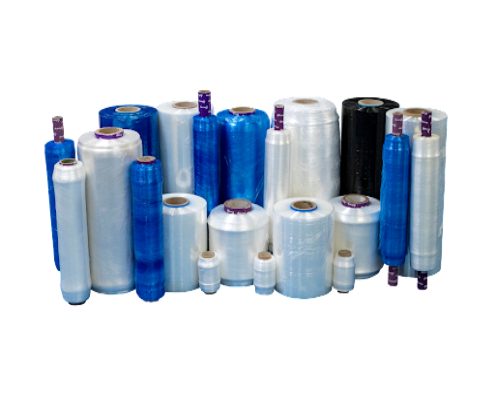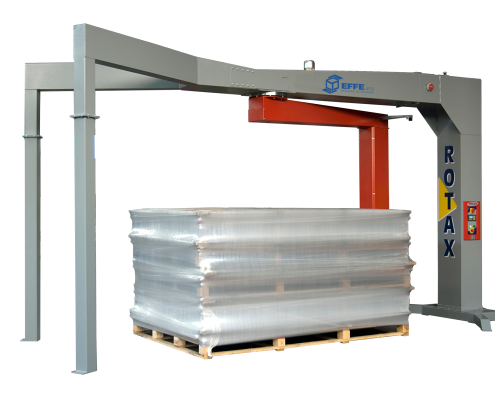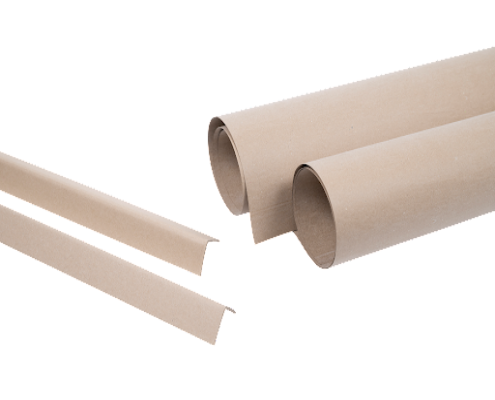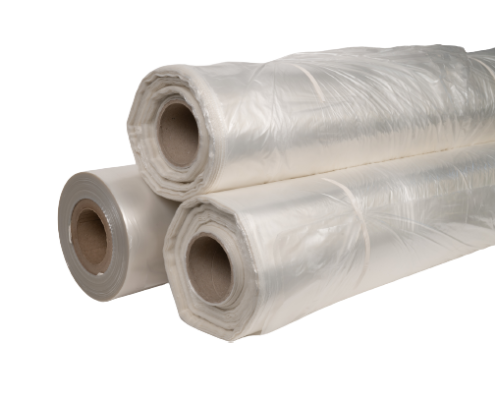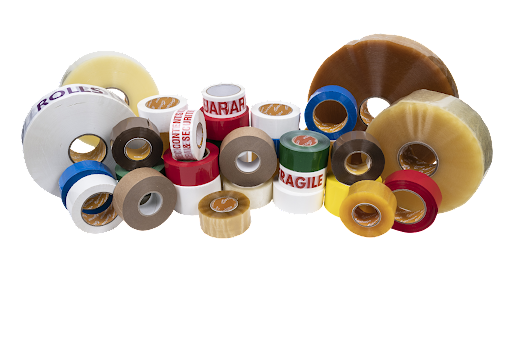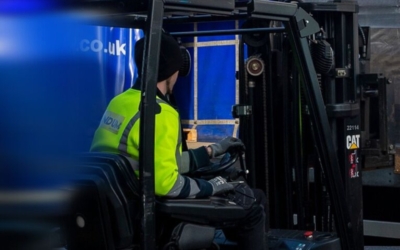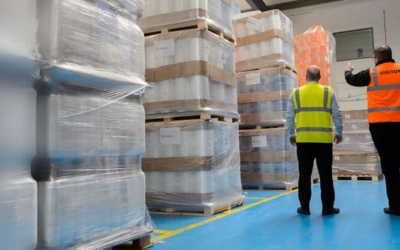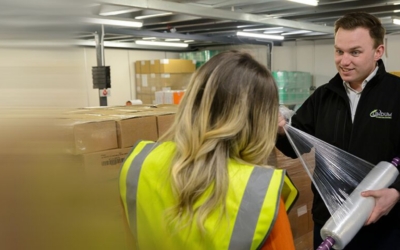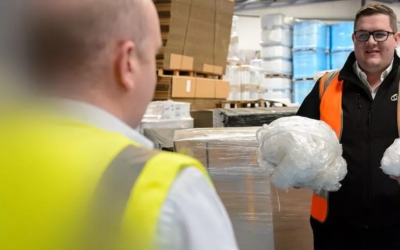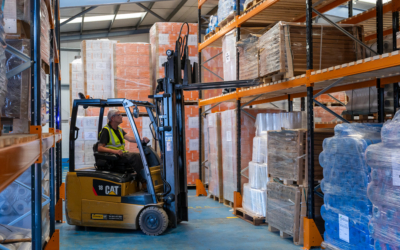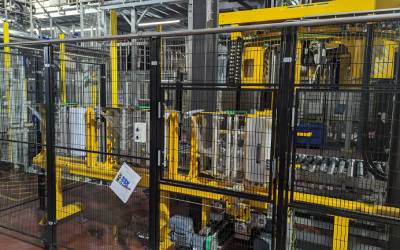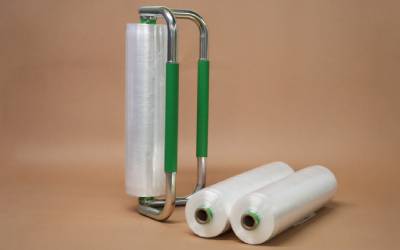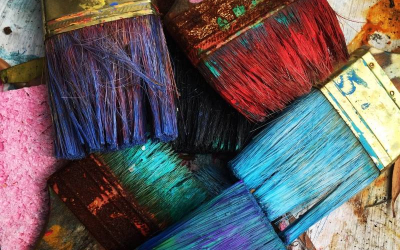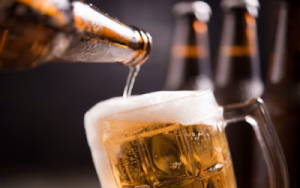How is pallet wrap manufactured?
Pallet wrap, also known as stretch wrap or stretch film, is manufactured through a process that involves several key steps. Here is an overview of the manufacturing process:
1. Material Selection:
- The primary material used in pallet wrap is linear low-density polyethylene (LLDPE), although other materials can be used depending on specific requirements.
2. Extrusion:
- Blown Film Extrusion:
- In this process, polyethylene pellets are melted and extruded through a circular die to form a continuous tube of plastic.
- Air is blown into the tube to create a bubble, which stretches the film and controls its thickness.
- The bubble is cooled by air rings and then collapsed and wound onto rolls.
- Cast Film Extrusion:
- Polyethylene pellets are melted and extruded through a flat die.
- The molten film is then cooled on a chill roll, which solidifies the film.
- The film is stretched (oriented) in both machine and transverse directions to achieve desired properties and then wound onto rolls.
3. Orientation:
- During the cooling process, the film can be stretched (oriented) in one or both directions. This orientation improves the film’s strength, clarity, and stretch properties.
4. Slitting and Rewinding:
- The large rolls of film are then slit into narrower widths as required.
- The film is rewound onto smaller rolls suitable for end-users.
5. Quality Control:
- Throughout the manufacturing process, the film is tested for thickness, strength, clarity, and other properties to ensure it meets specified standards.
6. Packaging:
- The finished rolls of pallet wrap are then packaged and prepared for distribution.

